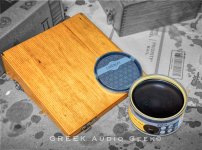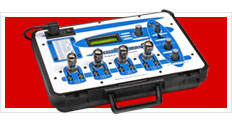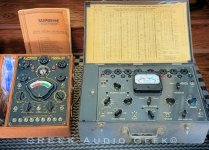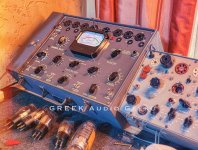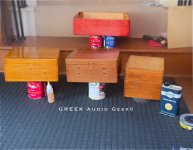Today was one of those days that perfectly captures the joy — and madness — of vintage audio restoration.
I spent the afternoon deep in the trenches bringing two incredible pieces of tube history back to life:
The 1936 Supreme Model 89-S — a true work of Art Deco industrial design from an era when even test equipment was made to look beautiful.
The 1947 NRI Model 67 — built by the legendary Triplett company, it was part of the National Radio Institute’s correspondence courses, where students learned radio and electronics repair by building their own gear at home.
After some "this and that" to get them both to have their meters swing alive once again in working order, I came up with a five-step plan for Supreme 89:
Test the internal vacuum tube to confirm it’s within spec
Replace the 1935 capacitor (yes, the original)
Use wire ties to clean up and stabilize the loose wiring
Replace the frayed power cord before it decides to test me
Check all resistors for drift after 90 years of service
Once all that’s done, it’s on to the cosmetic restoration — refinishing the Supreme’s wood case and bringing back the deep amber glow of the original lacquer, then carefully cleaning and polishing the faceplate with my 9 step process.
These machines are a bridge back to a time when craftsmanship and pride meant everything.
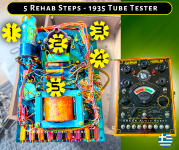

orangeamps.com

